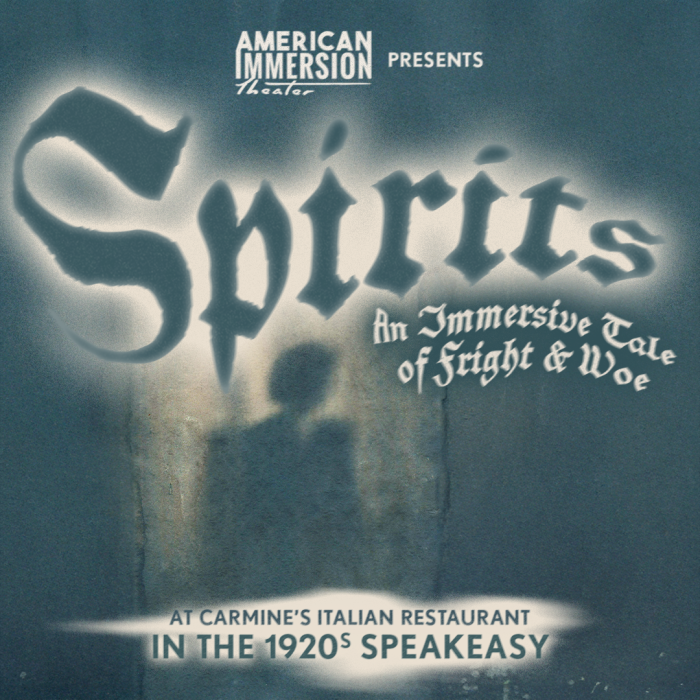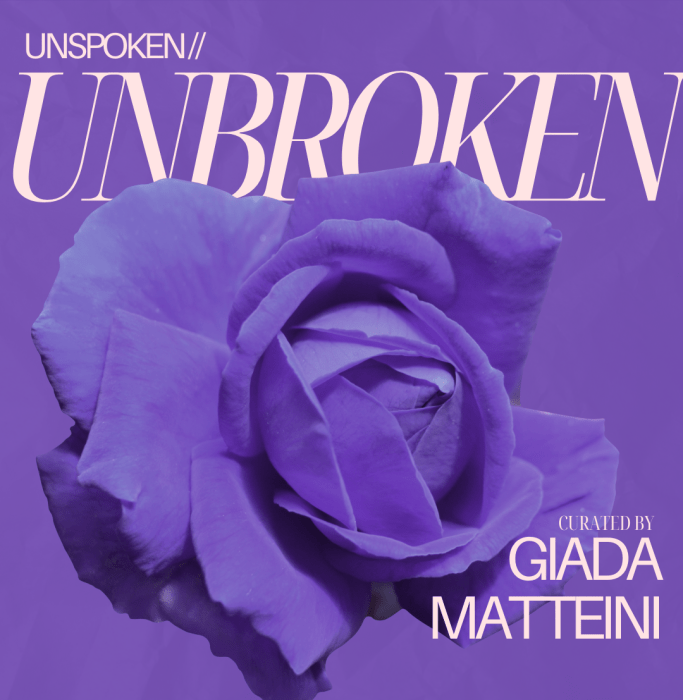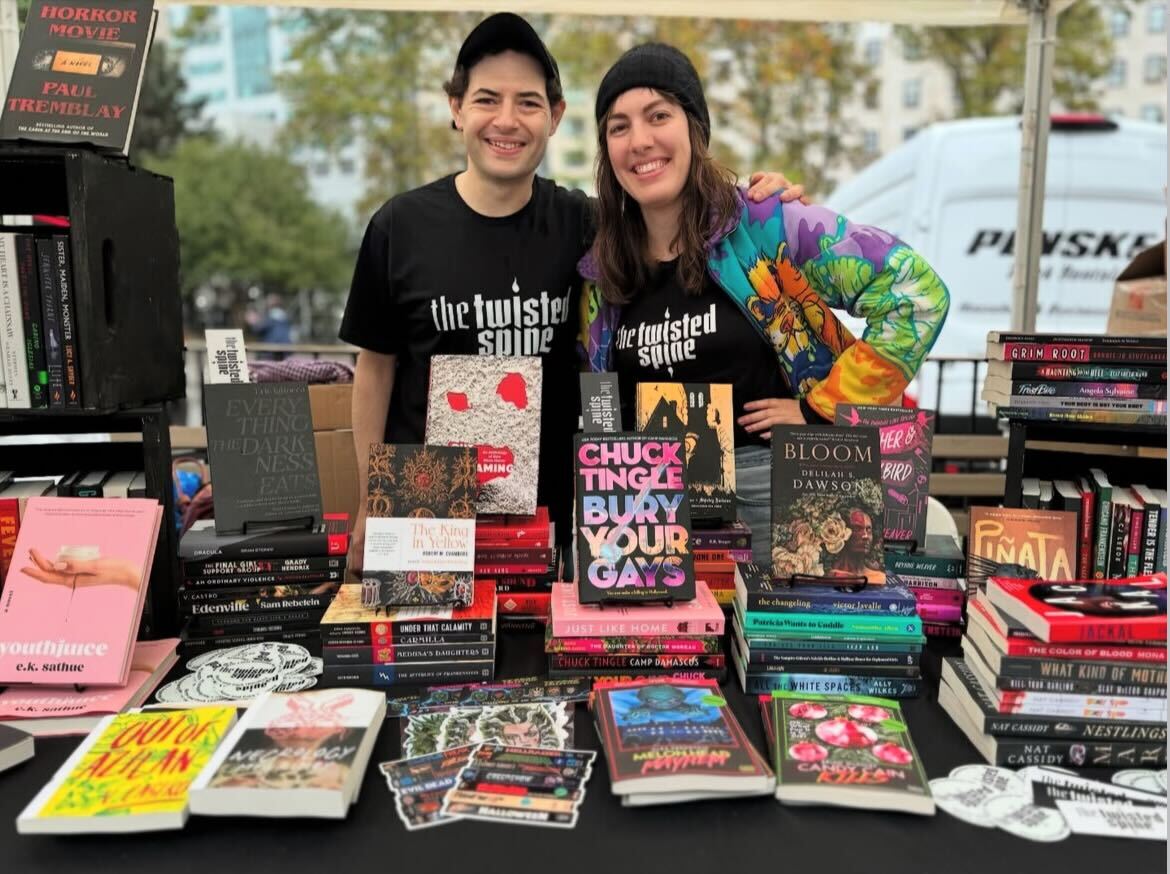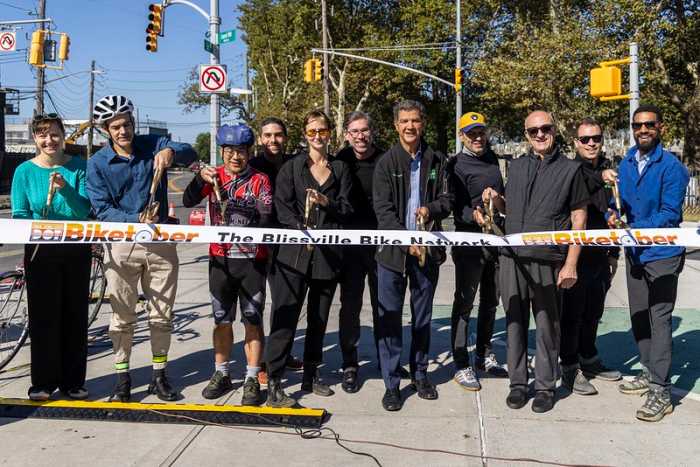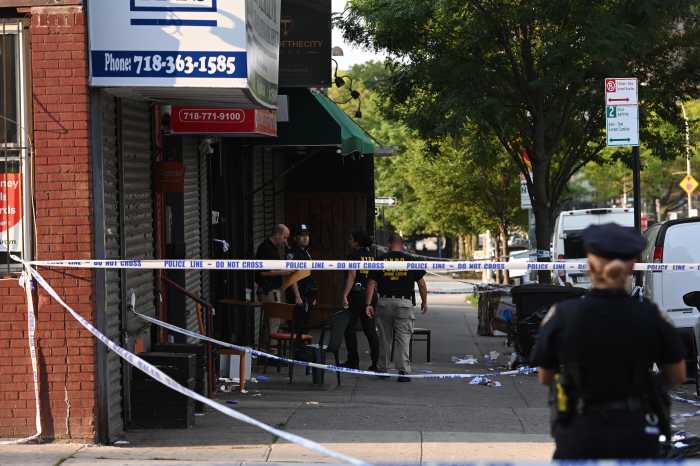By Jerry Tallmer
Except for the very end, you only see him from the back. And yet, from the stance, the squared-off body, the walk, the structure of head and half-glimpsed cheekbones, but most especially by the flattened pork-pie hat cocked askew over what, even from the rear, has to be one eyebrow, you immediately know that this is one of the two greatest actors ever to glorify motion pictures, the other being Chaplin.
This one is Buster Keaton. And the film, screenplay by Samuel Beckett, is called “Film.” It has fewer words than “Waiting for Godot,” “Endgame,” and “Krapp’s Last Tape” all put together — no words at all except for a single faintly heard “Shhhh.”
Just 21 minutes long, shot in Manhattan in the hot summer of 1964, it gets a rare showing twice this coming weekend (8:30 p.m. Friday, 2 p.m. Saturday) at the Museum of Modern Art in memory of the Nobel-winning playwright who was born in Ireland 100 years ago last month and got out of there as soon as he could.
The Friday screening will be introduced by Barney Rosset, Beckett’s American publisher and close friend over many years. Also on the bill are:
• 20 minutes of outtakes from “Film”;
• “Un Chant d’Amour,” 1950. 26 minutes, screenplay and direction by Jean Genet;
• “The Hard-Boiled Egg,” 25 minutes, screenplay by Eugene Ionesco, directed this year by the U.S.A.’s James Fotopoulos, who’ll be at MoMA to introduce it.
The Keaton of Beckett’s “Film” is a lonely figure, handkerchief over face, scuttling like a rat along a large, rough, menacing brick wall in the no man’s land beneath the Manhattan end of the Brooklyn Bridge. He finally reaches, unlocks, enters a bleak and furniture-less apartment where, after some frustration with cats that keep running back in as he shoves them out the door, and after he rips up photos of what may be his mama, himself, and his turn-of-century ancestors, he, Keaton, a glaring black patch over one eye, is finally forced to confront, with horror, his own great stone face.
Actually, we are told by Rosset, it was Chaplin who was Beckett’s first choice for the role, but when Rosset, who had commissioned the screenplay — and whose Grove Press would publish it — sent a copy to Chaplin in California, he was coolly informed by a secretary: “Mr. Chaplin doesn’t read scripts.”
Wherewith Rosset, having signed the great Boris Kaufman (“Zero de Conduite,” “On the Waterfront”) as cinematographer, dispatched Alan Schneider, Beckett’s favorite American director, to California to hunt up Keaton. Schneider found that genius of the silent screen — old, broke, ill, and alone — some $2 million ahead in a four-handed poker game with an imaginary Louis B. Mayer of MGM and two other invisible Hollywood moguls.
“Yes, I accept the offer,” were silent Keaton’s unexpected first words to Schneider. Keaton was dying even as they made the film. “We didn’t know that,” Rosset told interviewer Patsy Southgate in 1990, “but looking back at it, the signs were there. Couldn’t speak — he was not so much difficult, he just wasn’t there.” Keaton would in fact die 18 months after the shooting of “Film.”
Also on hand, here in New York — most extraordinarily — for the making of “Film” was Samuel Beckett himself in person. He had never before been to America, came for two weeks only, in July 1964, would go home immediately thereafter to France and never come again.
Rosset at that time had a house in East Hampton and another on Houston Street, opposite where Film Forum is now. Beckett landed at Idlewild (the JFK of today), where a small private plane was waiting to fly him out to the Hamptons.
Rosset remembers “going to the airport [on Long Island], a little flat field with no lights … little track, one little hangar or whatever, and he [Beckett] came at night, and it was very dramatic, they threw on some searchlights, reminded me of ‘Casablanca,’ the little plane taxiing in out of the dark, coming down the unlit runway, the landing lights, and Beckett stepping out.”
It was Alan Schneider’s first film, and Beckett’s too, though the latter had done considerable writing for television.
Further from the Southgate interview:
“During the filming of Sam’s manuscript, I [Rosset] saw great rapport between Sam and everybody else. Tremendous … And when we had a disaster, a major shot [that] had to be cut because of faulty camera work, the only person who really didn’t seem to get upset was Beckett. He quickly adjusted the script excluding that shot. That was really quite wonderful. A great deal of the budget had been spent on that shot [some $30,000 out of an overall $80,000 to $90,000].
“Sam would find a ladder or scaffold that was out of the way, he would spy from it like a bird watching everything.”
The interior sequence took place in a ratty studio “somewhere up on 90-something Street.” Grove Press editor Richard Seaver, also a longtime friend of Beckett’s, later told Rosset about sitting next to Beckett on a balcony overlooking “this awful room, this really atrocious room, and [Beckett] said: ‘I could have lived there.’ ”
At that moment he was in fact bunking on the third floor of Rosset’s tiny house on Houston Street. One night the playwright went to urinate and found himself in a closet. He liked to explore the Village, but not much else. A top-flight cricket player in school in Ireland, Beckett was interested in all sports, and when Dick Seaver suggested going to a Mets ballgame at Shea Stadium, Beckett jumped at the chance. It turned out to be a double-header, and the terrible Mets of that year won both games. Beckett insisted on staying all the way through both.
The day Sam was to leave for France, Rosset and his then wife, Christina, overslept, only to find Beckett waiting patiently, politely, in his overcoat, himself asleep, outside their bedroom door. They rescheduled the flight for that afternoon, took in a quick sightseeing visit to the 1964 World’s Fair on the way to Idlewild — and lost Sam in the crowd.
When they found him, just in time, on a bench somewhere, he was again asleep. “This was somehow not the right country for him. Got on a plane and that’s the end of it.”
All told, Rosset had commissioned screenplays from Alain Robbe-Grillet, Marguerite Duras, Eugene Ionesco, Jean Genet (later), and Samuel Beckett. The Beckett is the only one that got made at the time. It now shares MoMA’s Friday and Saturday screenings with Genet’s “Chant d’Amour” and a digitalizing of Ionesco’s “Hard-Boiled Egg.”
“The Hard-Boiled Egg” is — “well, it’s about how to boil an egg, very realistic, very practical.” Genet’s “Un Chant d’Amour,” drawing on Genet’s 1947 “Deathwatch,” focuses on the love triangle of two male convicts and their guard.
“Do you know,” says the Barney Rosset of 2006 — he who with Grove Press broke open in this country the censor’s clamp on literature from D.H. Lawrence to Henry Miller to Beckett to Boroughs to Kerouac to Ginsberg to Genet to Hubert Selby, Jr., “we printed 50 books by these three people alone” — Beckett, Genet, and Ionesco.
Now if only Buster Keaton were still alive to show us how to boil an egg — without cracking a shell or a smile.
FILM, UN CHANT D’AMOUR, THE HARD-BOILED EGG. Films with screenplays by Samuel Beckett, Jean Genet, Eugene Ionesco. Friday, May 12, 8:30 p.m., Saturday, May 13, 2 p.m., Titus 2 Theater, Museum of Modern Art, 11 West 53rd Street, (212) 708-9400.
WWW Downtown Express







